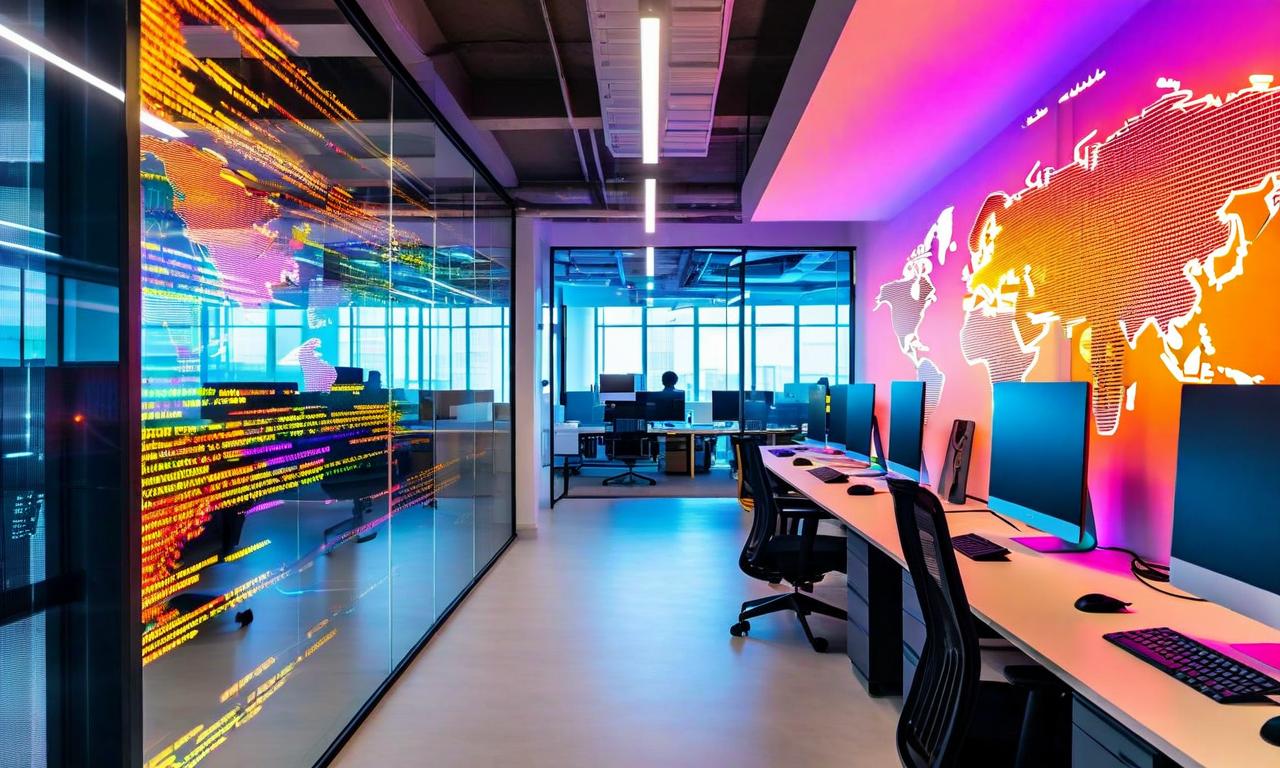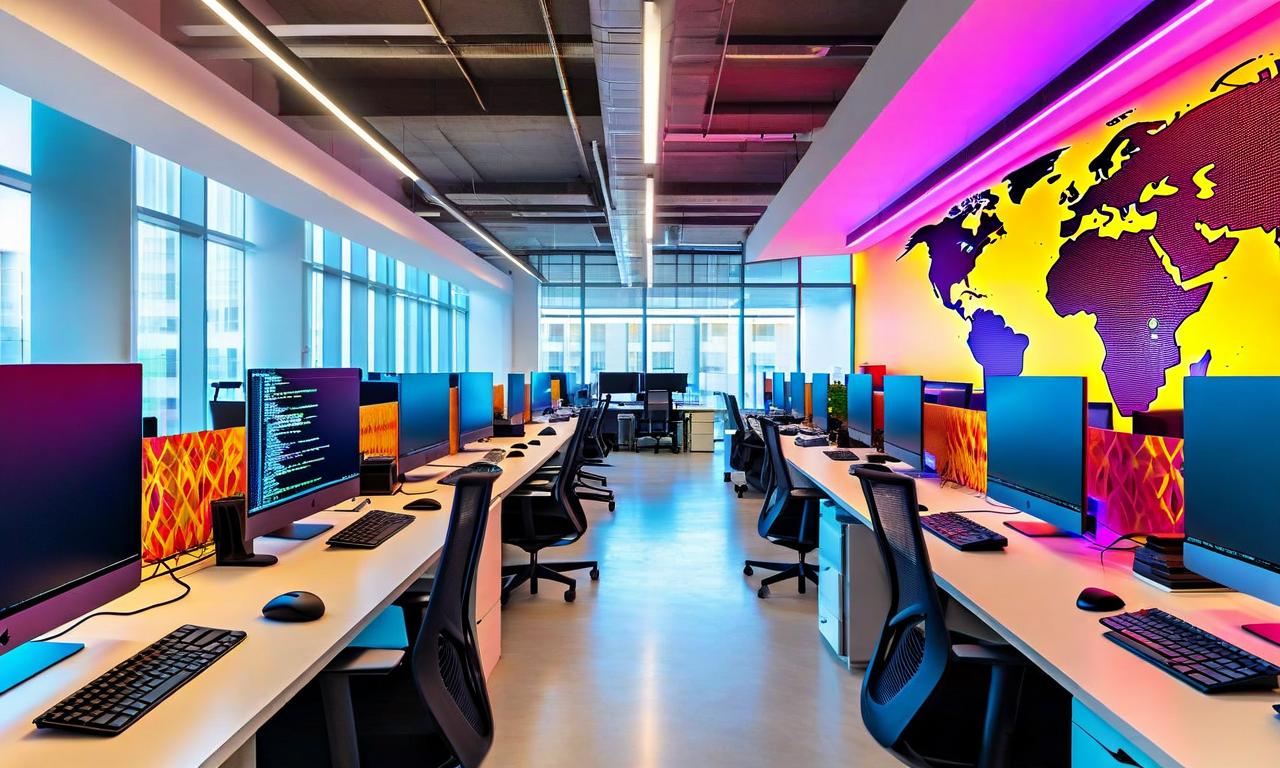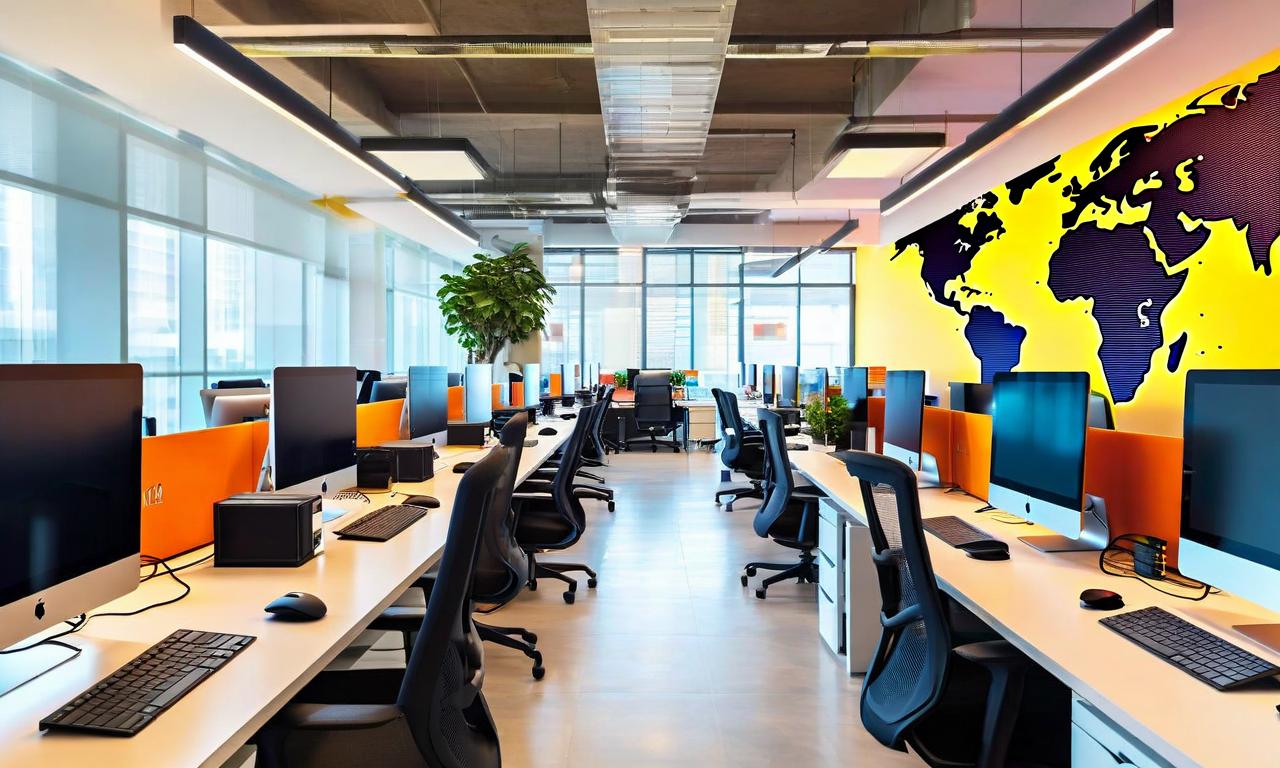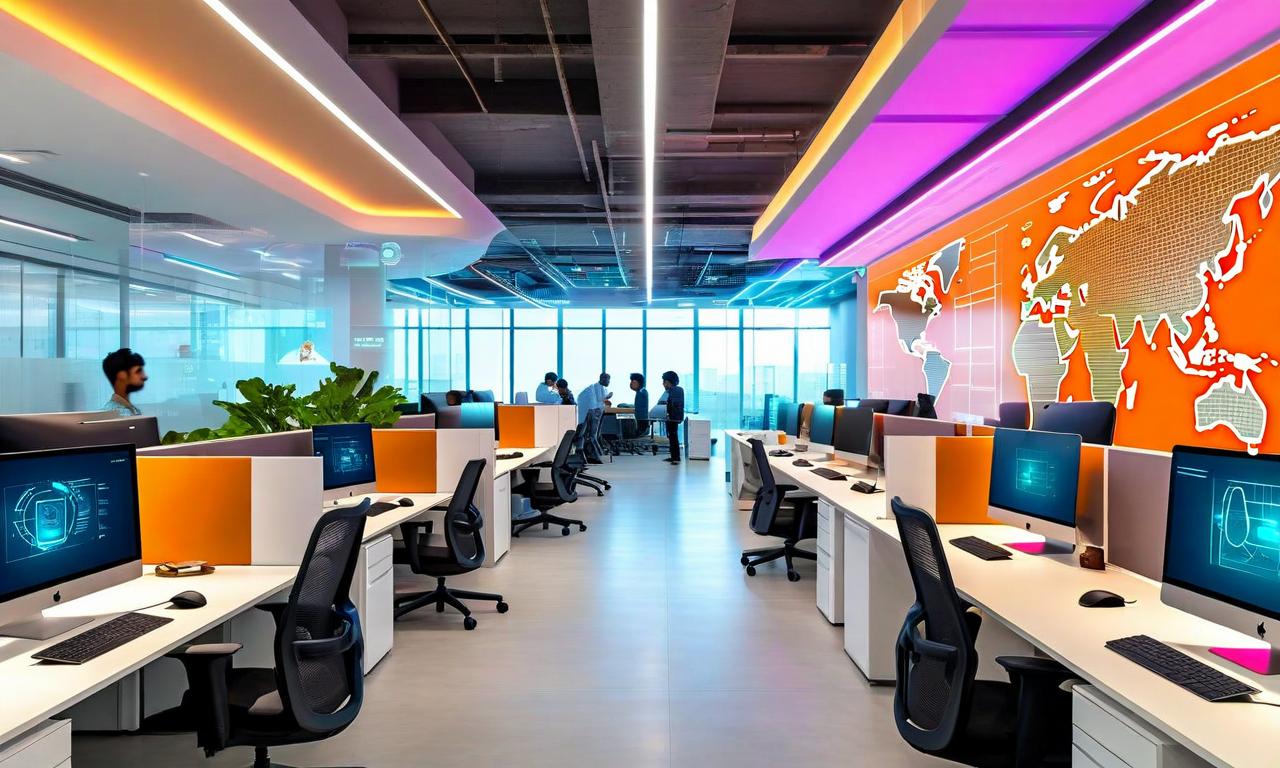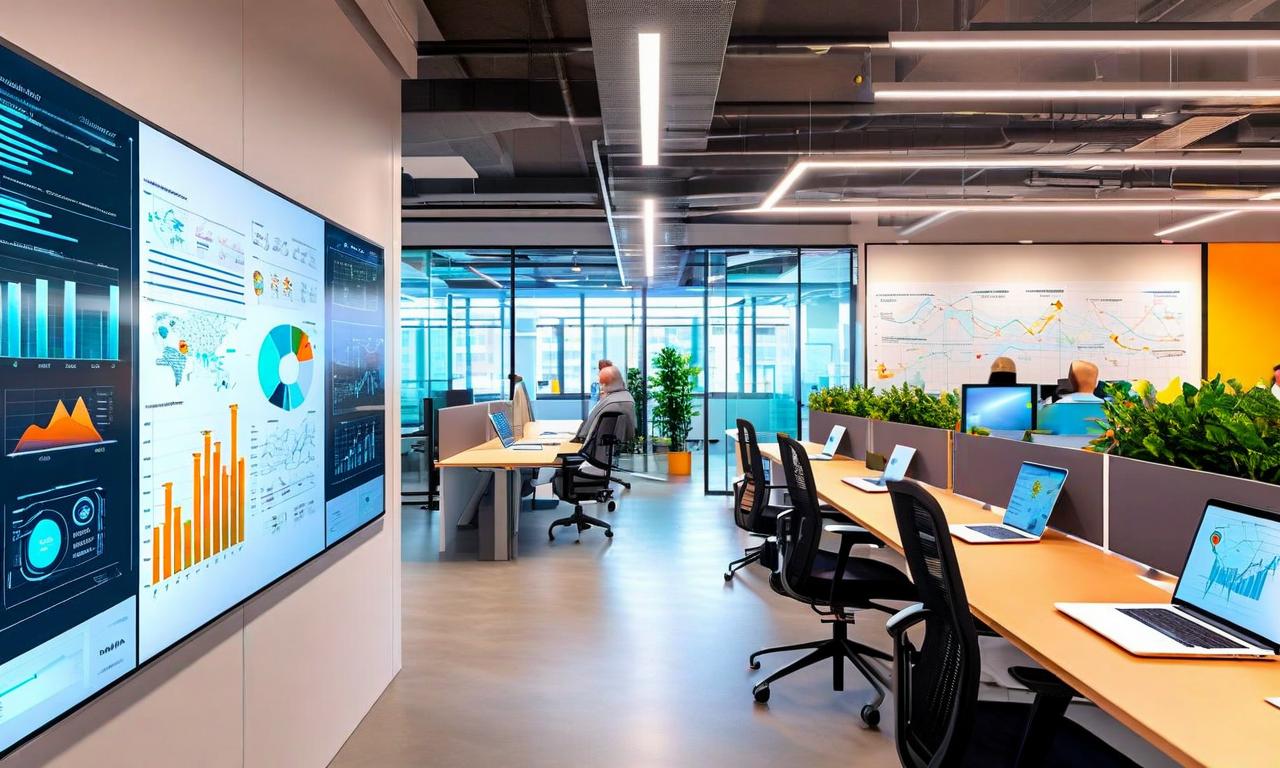Indian IT Sector Faces Structural Shift Amid AI Disruption
Samir Arora, CEO of Helios Capital, warns that Indian IT companies' traditional business model is under pressure due to AI disruption. The labor-intensive pyramid model may shift to an 'egg' structure, potentially replacing lower-level execution work. IT firms may need to restructure workforce, invest in AI, develop new services, and renegotiate contracts. Despite IT sector challenges, Arora remains optimistic about India's equity market, projecting mid-to-high single-digit growth by December 2025.
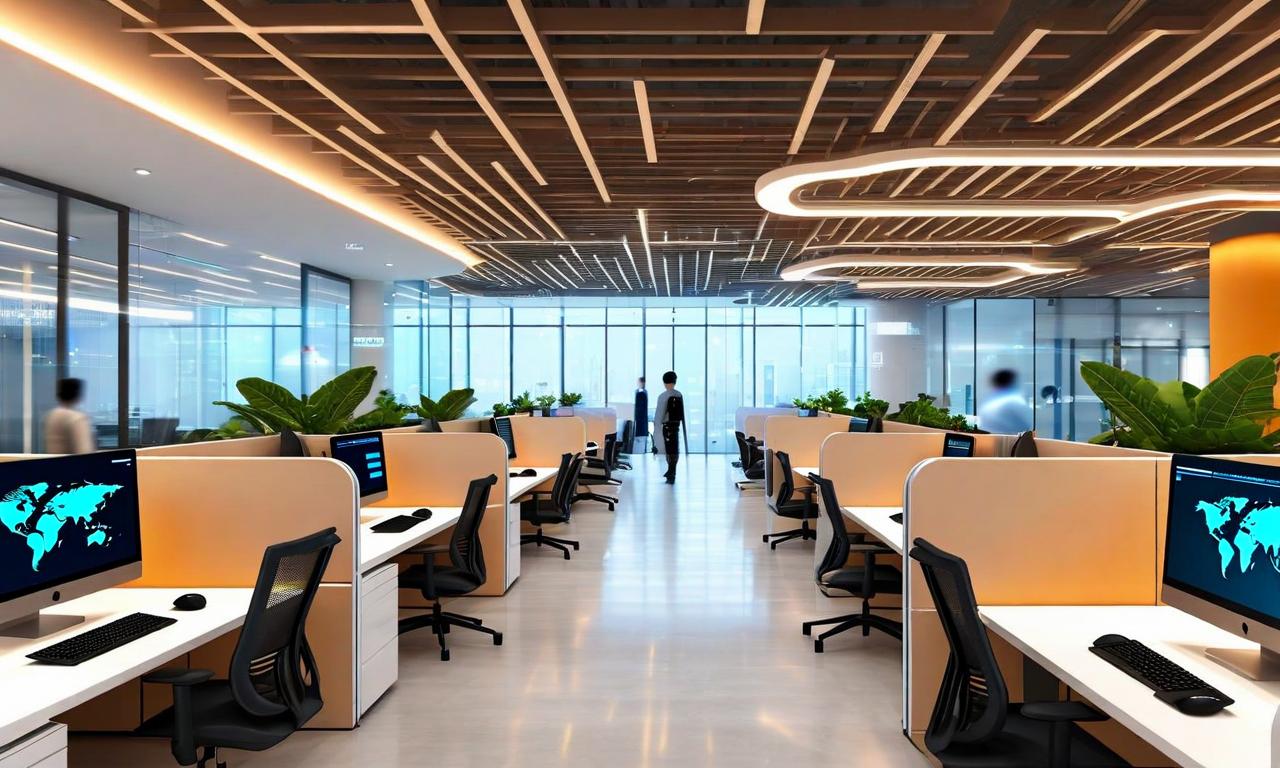
*this image is generated using AI for illustrative purposes only.
In a significant development for India's technology landscape, industry experts are sounding the alarm on fundamental challenges facing the IT sector. Samir Arora, CEO of Helios Capital, has warned that the traditional business model of Indian IT companies is under pressure and may require a substantial overhaul to maintain competitiveness in the global market.
AI Disruption and the Changing IT Landscape
The rise of artificial intelligence (AI) is reshaping the structure of IT services companies. According to Arora, the conventional labor-intensive pyramid model is being disrupted, with AI potentially replacing execution work at the lower levels of the organizational hierarchy. This shift may force companies to reconsider their:
- Cost structures
- Pricing models
- Outsourcing contracts
The new organizational structure is described as potentially resembling an 'egg' rather than a pyramid, signaling a possible dramatic change in how IT services could be delivered and managed in the future.
Challenges and Adaptation Period
Arora suggests a challenging period for the IT sector as it navigates this transition. Companies may need to:
- Restructure their workforce
- Invest in AI and automation technologies
- Develop new service offerings that leverage AI capabilities
- Renegotiate existing contracts to reflect the potential new realities of AI-enhanced service delivery
Broader Economic Outlook
Despite the challenges facing the IT sector, Arora remains optimistic about India's overall equity market. He forecasts:
| Metric | Forecast |
|---|---|
| Growth Projection | Mid-to-high single-digit growth by December 2025 |
Factors that could contribute to potential recovery include:
- RBI's liquidity measures
- Government GST rate cuts
- Expected revival in consumer sentiment
Market Valuation and Investment Opportunities
While acknowledging that India's expensive valuations have led to underperformance compared to other emerging markets, Arora sees the current market correction as a potential opportunity. He suggests that the ongoing adjustments may be creating attractive entry points for investors.
Conclusion
The Indian IT sector appears to be at a crossroads, potentially facing the need for a fundamental reset of its business model in the face of AI disruption. While the transition period may be turbulent, the broader Indian economy shows signs of resilience. Investors and industry stakeholders should closely monitor these developments as they navigate the changing landscape of India's technology sector and overall market dynamics.
